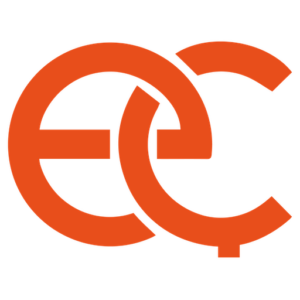Stroke is a major health problem which affects millions of people. There are more than 100 million stroke patients worldwide and every year more than 12 million people have a stroke. Stroke occurs when blood flow to the brain is interrupted because of the brain embolism, brain vascular occlusion or brain hemorrhage.
Stroke leads to a wide range of functional losses and recovery can be long and difficult. In this article, we will address a topic that patients who had a stroke and their relatives are often curious about: Can stroke be completely healed? What are the recovery rates?
Stroke Recovery Process
Stroke recovery process is a complex process which involves different stages with unique challenges and goals for each patient. Although the recovery process may differ for each patient, most patients go through the following stages:
- Acute Stage: Acute stage includes the first few days after the stroke. The goal in the acute period is to reduce the patient’s life threatening risks, stabilize their medical condition and prevent further damage to the brain. At this stage, medication and surgery can be used to remove blood clots or stop bleeding.
- Subacute Stage: Generally starts a few days after the stroke and may last for a couple of weeks. The goal is to manage additional problems which may develop in the patient and start the physical therapy rehabilitation stage. In this period, the patient may be started treatments such as physical therapy, ergotherapy, speech and swallowing therapy, and robotic rehabilitation. It is usually applied at the comprehensive inpatient physical therapy centers.
- Chronic Stage: Starts a couple of weeks after the stroke and may last for a couple of months or years (or even a lifetime). At this stage, the goal is to maximize recovery and compensate the loss of function losses which had developed in the person. The patient continues inpatient or outpatient physical therapy at the comprehensive inpatient physical therapy centers.
How Many Patients Who Had a Stroke Fully Recover?
In case of the patients who had a stroke, the chance of a full recovery depends on the severity of the stroke, the location of the damage in the brain, the patient’s age, general health condition and the treatments applied. Unfortunately, some patients who have been paralyzed due to stroke do not recover completely. These persons may not regain some of their lost functions for life. Nevertheless, many stroke patients can regain important functions and continue their daily lives independently with appropriate treatment, rehabilitation and support after having a stroke.
After the research, it is seen that 10-15% of the patients who had a stroke can recover completely. These people can overcome the paralysis, and regain all the functions they have lost.
On the other hand, 25-40% of stroke patients partially recover. This means that they can regain the important functions they have lost; but they still have some permanent impairments. These persons can return to daily life and work independently after the physical therapy and rehabilitation process.
However, 50-65% of the patients who had a stroke may not regain many of the functions they have lost. This group of patients usually needs a prolonged physiotherapy rehabilitation to become independent in their daily life. While some may be able to perform daily activities independently, others may need help in case of mobility, personal care and communication.
The Factors Which Affect Recovery
As we have already mentioned, the chances of a full recovery after a stroke depend on several factors. Let’s take a closer look at some of these factors:
- Severity of the Stroke: One of the most important factors which affect recovery. While a full recovery may be possible in a short time in case of mild strokes, the patient may remain paralyzed or pass away in case of the severe strokes.
- Area of the Stroke: Plays an important role in the recovery process. If the stroke occurs in a brain area which is responsible for vital functions, the patient’s chance of recovery will be lower.
- Age of the Person: One of the important factors in the recovery process. Younger patients have a better chance of recovery than older patients generally.
- General Health Condition of the Person: The general health condition of the patient before and after the stroke also affects the recovery process. Other underlying diseases such as diabetes, high blood pressure or heart disease may render the recovery difficult. Similarly, recovery may be slower in patients who are overweight, who have a sedentary lifestyle or who smoke.
- Applied Treatments: The medications, surgical treatments and physical therapy and rehabilitation applications that the patient receives since the acute period are among the most important factors which determine the chance of recovery. Transferring the patient who began the physical therapy process to a comprehensive inpatient physical therapy center which has an experienced and expert team and latest technology robotic treatment facilities can increase the chance of recovery.

